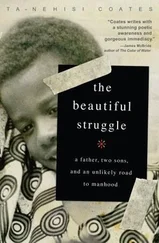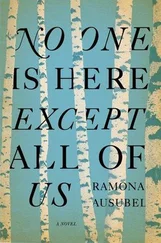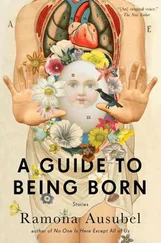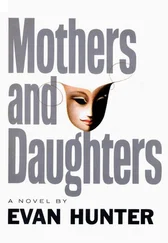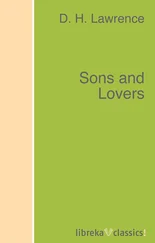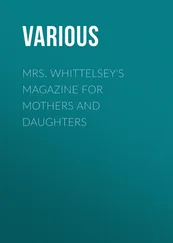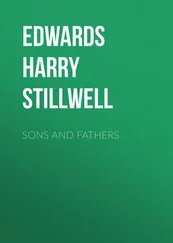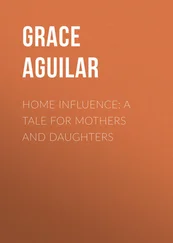When it was time to journal, Cricket started a love letter. Dear Beautiful , she wrote.
Dear Brown Eyes. I sit at the foot of the mesa as I write this under the blue skies. In the sand there is always silence. Human life can easily be forgotten. If you are quiet you will notice that there are animals burrowing into the sand and into the trees and cactus. Forget your own self and you will discover so much more. The Gods of the Skies and the Earth and the Water are always watching us and they know that I love you. I love you, Lady of the Crescent Moon with the ebony hair. I will bury a shard of turquoise in the sand two paces from the cliff’s edge, near the place where the cactus breaks through the earth. You will know the place because the lizard nests there in the first rains of the season. When you find the blue stone, then it is time for us to wed. I will be waiting, dreaming of your blood red lips.
Cricket had little to draw on but cartoons of the West. She wished she knew what it actually looked like. And all she knew about Indians was what Miss Nolan had told them already, plus whatever images of half-clothed Natives adorned common kitchen products: butter, baking soda, honey.
Before the end of the day, Miss Nolan gathered her flock in a circle and crinkled her red fire paper, and without being asked, all the children tied their leather strips around their heads. Miss Nolan said, “The buffalo supplied nearly all the needs of the Plains Indians. They were meat and their hides were made into clothing and teepees. The buffalo went away in winter but as soon as it started to thaw, the Indians put their ears to the ground to listen for the stampeding hooves.” Miss Nolan handed out sheets of paper, the edges of which she had burned so they looked old and mysterious. There were little pots of ink and feathers to dip. The children laid their paper out on books and they drew buffalo, which they had never seen in real life. Miss Nolan described the big shoulders, the curly mane, the horns, the wide, square head. The children’s drawings looked like cows, like dogs. They drew smoke coming from the animals’ nostrils because that seemed fierce.
Miss Nolan said, “Imagine that we are the tribe of the young brave, gathered for the hunt. It is windy and still cold, even though the worst of winter has gone. While we walk, the men explain that we will trap the herd by surrounding them and closing in with our sharp spears. The men explain that it will be hard and it could take all day and all night and all day again and we will not be able to sleep or eat. The buffalo could easily kill us by trampling. The young brave tries to find the strength of the ancestors in himself and tries to feel confident and sure of his feet and arms. We set out at dawn. The sound of the hooves is like a gathering storm, and the young brave wants to run away but he cannot. He has to follow the rest of us and get ever closer. He thinks of his sweetheart, who is in a house, a log house, in a settlement. She has a kettle of water on and a fire and bread dough rising on the table. She is wearing a dress with a hoop in the skirt. She is writing him a letter, right that very minute, describing the very ways in which she loves him.
“Slowly, we close in around the herd, a half-circle of bodies wearing leather and feathers. On the other side is a cliff. We press the herd on across the grasses. The noses of the buffalo are wet and their eyes are dark and afraid. They are so much bigger than us but the trap is working.”
Miss Nolan looked at the children who looked back at her from their inky drawings, and they wanted to say that they knew what it felt like to be both the dumb animal following along and the cruel human, pressing. They knew, and neither feeling was good.
“We come to the cliff and we spread out to make an opening for the animals, a doorway to their death. We keep walking, moving the herd onward, onward, until the first beasts fall. We howl then, a celebratory call and we thank the gods, and we beat at our chests. The huge animals continue to fall, thunderous, crashing against the cliff walls, making the exact sound you would expect from an animal falling a hundred feet through the air. The dust rises up around us and they die. Or they break their legs, in which case we kill them with arrows.”
The children, by this point, were not drawing. They had expected the heroes to slay one animal, one dignified, beautiful animal and perform a sacred ritual of thanks over its body. Mass murder had not been on the children’s minds. Miss Nolan either did not notice or did not care. She described the way the young brave killed those buffalo that remained alive, the way the group set about skinning. The sound of skin and muscle separating. The way the blood pooled. The way the brave thought of his love and the moccasins he would make for her out of this bloody skin. The way the flies began to gather, loud as a storm, and the blood smelled sweet and the animals were still warm, even as they were cut apart.
The men thanked the animals because Indians are grateful, everyone knows that. “No part left to rot, every organ used for something: water sacks, thread.” Cricket tried to draw this scene, an animal gutted, heat rising, a man and a boy and a girl kneeling there, giving thanks. She wanted Miss Nolan to see that she was not afraid of what must be done. She was brave beyond her years, beyond her race. In this tribe, she wanted to be chosen as a leader, to be taken into her teacher’s teepee where the fire would be especially warm, where the skin was painted beautifully and the fur mat on the floor was soft. Miss Nolan did not look at Cricket any more than she looked at the other children. She was fair, and Cricket admired this, though she was jealous of the care her teacher gave to anyone else. She reminded herself that no one else was kissed today. How resourceful, Cricket thought, to use the dark that way. To make a wilderness out of a school bathroom.
Miss Nolan said, “Right there at the bottom of the cliff, we Indians feast on the fresh meat. We especially love the liver, which we eat raw immediately. The young brave slops it up with his hands. It is still warm from being in the animal’s body.”
One boy, at this, fainted into his drawing. Miss Nolan did not seem surprised or worried, but she crawled over, lowered her head to his and stroked his hair. She whispered something into his ear that no one else could hear and everyone was envious. When he woke up after a moment, he looked peaceful. He said, “I dreamed of the prairie,” and Miss Nolan kissed him on the palm of his hand.
A loud bell rang, which made the children jump, but it was only the bell that signaled the end of the school day. The places where they lived — the maple-lined streets, the crossing guards and sets of fractions, the after-school snacks — fell down on them like a rainstorm. They were not blood soaked on the plains. They had not killed anything on this day. Some of the children were grateful and could not wait to leap into their mothers’ station wagons. “Your homework over the weekend,” Miss Nolan said, “is to list as many uses as you can think of for a dead buffalo.” She told the children about how the skulls could be used for sleds, the manure for fire, the skin of bulls for moccasins, the thin skins of calves would be used to keep warm the yet thinner skins of Indian babies, hooves were melted and used to make glue.
Cricket, who did not have a mother yesterday and did not know if she would have one today, was in no hurry to go back to her life. She lingered behind, tried to think of questions about her homework — what did the Indians use for a needle? How did they keep warm in the winter? What sorts of rituals did they perform when a person died? Miss Nolan answered in a teacherly way, as if the two of them had not shared something, as if they were not bound together for all of time.
Читать дальше

